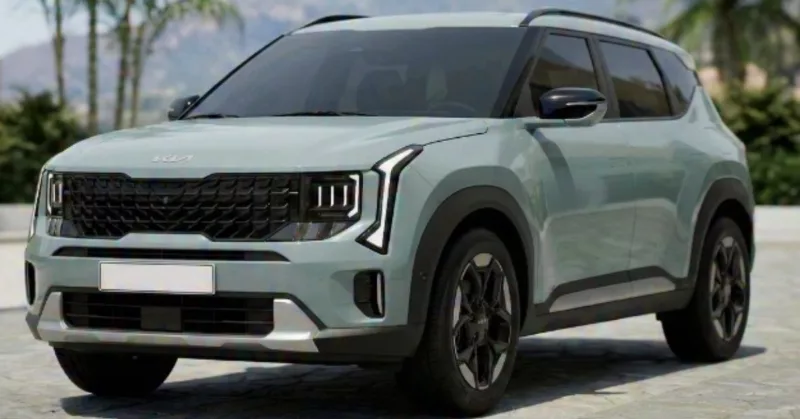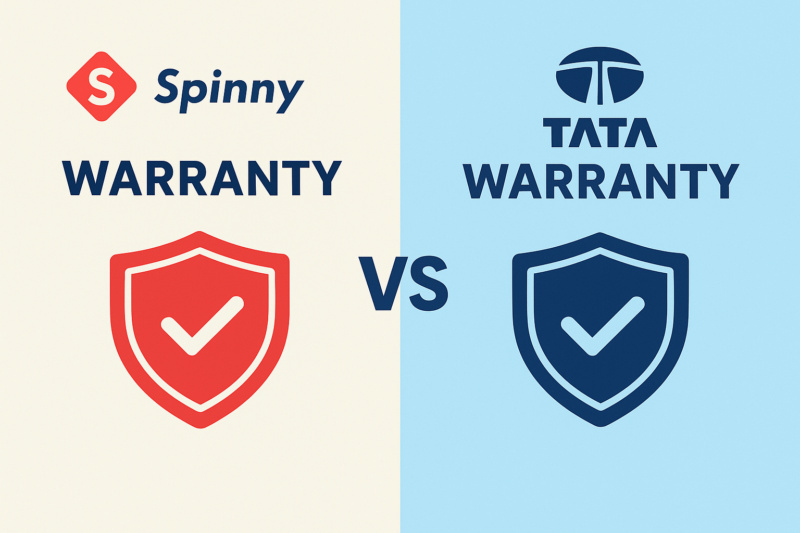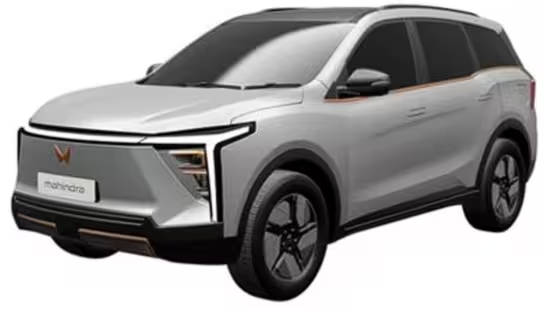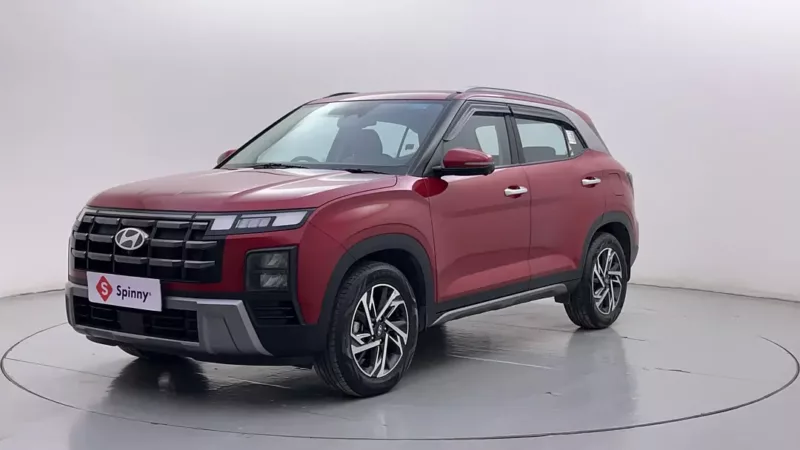We all know the most important part of a car is its engine; however, many do not know that it is also the most complex part. The conversion of the fuel’s potential energy to mechanical energy is not a simple or easy task, and an engine has multiple parts arranged to work in tandem to make that happen. While it is not easy to learn about all the components of the engine, some basic knowledge about the main and most active ones can help you a great deal in maintaining your car better.
What are Car Engine Components?
A car engine is not a single unit, instead, it is a cluster of multiple components. When an engine functions, many of the components remain moving, and many remain static in their positions.
Car Engine Components with Functions
Here are the most important car components and their functions.
Engine block
As mentioned, a car engine is a cluster of multiple components. The engine block is the shell in which all these components, such as pistons, camshaft, cylinders are accommodated. Usually made of cast iron or aluminium, the engine block maintains the structural integrity needed to withstand the forces produced during the engine’s operations.
Cylinders
The process of burning fuel, or combustion, takes place in the cylinders. In the case of diesel engines, fuel is injected in the cylinder and what burns is the heat generated by pressurised air. Whereas, in petrol engines, the mixture of fuel and air is injected into the cylinder and ignited with a spark from the spark plug. The number of cylinders varies from engine to engine. Typically, in mass-market cars, cars are equipped with either 4-cylinder engines or 3-cylinder engines. For example, the Maruti Swift is equipped with a 3-cylinder engine, and the Honda Amaze is equipped with a 4-cylinder engine. All the same, performance cars are equipped with 6- to 12-cylinder engines.
Pistons
Each cylinder has one piston, which moves up and down within it. Each time the piston travels, whether it goes up or down, it is referred to as a stroke. Today, cars are equipped with four-stroke engines, which means the piston travels four times to complete a combustion cycle: one intake stroke, one compression stroke, one power stroke, and one exhaust stroke.
Intake– The air (diesel engine) or air-fuel mixture (petrol engine) is drawn into the cylinder as the piston goes down.
Compression– As the piston moves up, it compresses air or the air-fuel mixture to high pressure.
Combustion (Power)– Either fuel is injected (diesel engine), or a spark plug ignites the compressed air-fuel mixture (petrol engine), causing a blast that throws the piston down again.
Exhaust– The burnt fuel turns into exhaust gases, which are pumped out through the exhaust valve as the piston moves up again.
Valves
Through the valves, air and fuel are injected into the cylinders and exhaust gases are blown out of the cylinders. Two types of valves are there: intake valves and exhaust valves. Intake valves let in the fuel and air, and exhaust valves let out the gases produced after the fuel is burnt. Depending on the type of engine, each cylinder can have two to five valves.
Camshaft
The camshaft opens and closes the valves at timely intervals. First, intake valves are opened, and when the fuel is burnt, exhaust valves are opened to blow out the exhaust gases.
Cylinder head
The cylinder head covers the engine from the top and seals the cylinders, their housing, the spark plugs, and the camshaft.
Crankshaft
The crankshaft is a long rod connected to the pistons at their bases. The linear movement of the piston rotates the crankshaft, and then the crankshaft transfers this rotational motion to the flywheel, which drives the gearbox that ultimately drives the vehicle’s wheels.
Connecting rods
Connecting rods connect pistons and the crankshaft. Their main job is to convert the linear motion of the pistons into the rotational motion of the crankshaft.
Timing belt/chain
As the name suggests, the timing belt is responsible for the timing of all the movements taking place. This belt keeps the crankshaft and camshaft in sync for the combustion to get completed adequately.
Spark plugs
In petrol engines, spark plugs produce sparks to ignite the air-fuel mixture. Depending on the type of engine, the number of spark plugs per cylinder varies. While most engines have one spark plug in each of their cylinders, some engines are equipped with two spark plugs in each cylinder.
Fuel injectors
Fuel injectors are small spray nozzles which spray a precise amount of air-fuel mixture into the cylinders. Controlled by electronic control units (ECU), fuel injectors are positioned at the top of the cylinders.
Exhaust system
The exhaust system blows out the gases produced after the combustion and mitigates harmful emissions. This system has multiple components, such as the exhaust manifold, catalytic converter, muffler, and more.
Lubrication system
The lubrication system is the arrangement set up to keep all the parts of the engine lubricated. This system has an oil sump/pan, oil pump, oil filter, and various oil passages through which the engine oil flows.
Cooling system
The cooling system keeps the engine at optimum temperature and prevents it from overheating. Within the cooling system, coolant circulates through the engine block, absorbing the heat and dissipating it via the radiator. This system has several components, like the water pump, thermostat, and radiator.
FAQ
What are the main parts of a car engine?
The main parts of a car engine include the engine block, cylinder head, cylinders, valves, camshaft, crankshaft, pistons, connecting rods, timing belt, spark plugs, fuel injectors, exhaust system, cooling system, and lubrication system.
How many parts are there in a car engine?
Usually, an engine has over 2,000 individual parts. However, they can be as many as 10 to 15,000 in bigger and more complex engines.
What do the valves do in a car engine?
Through the valves, air and fuel are injected into the cylinders and exhaust gases are blown out of the cylinders.
What does the piston do in a car engine?
In an engine, there are usually 3 to 4 cylinders. Each cylinder has one piston, which moves up and down to burn the air-fuel mixture and channelise the power produced to the crankshaft, which eventually moves the vehicle.




